 SIGN IN
SIGN IN
5 common deadlift mistakes (and how to fix them)
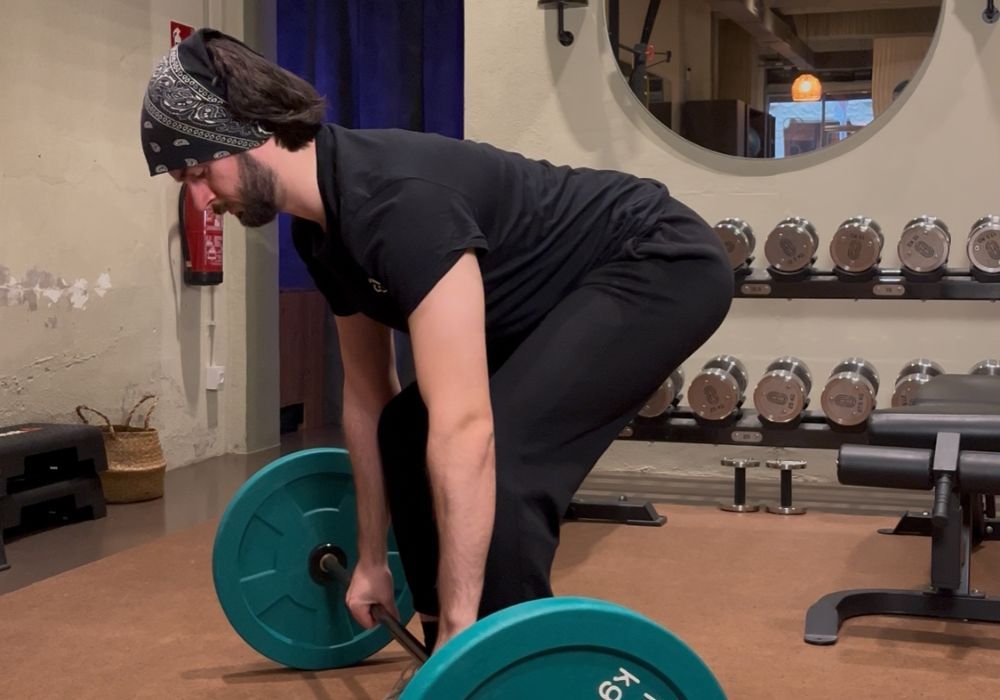
Here at ATTIKA, we love a good deadlift. It’s a full-body compound movement that demands strength, mobility, and focus—while working your lats, core, hamstrings, glutes, and more. Mastering the deadlift builds overall strength and resilience, making it an essential skill in your training arsenal.
At first, deadlifts can feel overwhelming, with multiple cues to remember. But once the movement pattern clicks, it sticks for life.
Because deadlifts involve a hip hinge, improper technique can put unnecessary stress on your lower back. That’s why we’ve compiled a list of the most common mistakes we see—and how to correct them—so you can lift safely and efficiently.
1. Rounding the Back
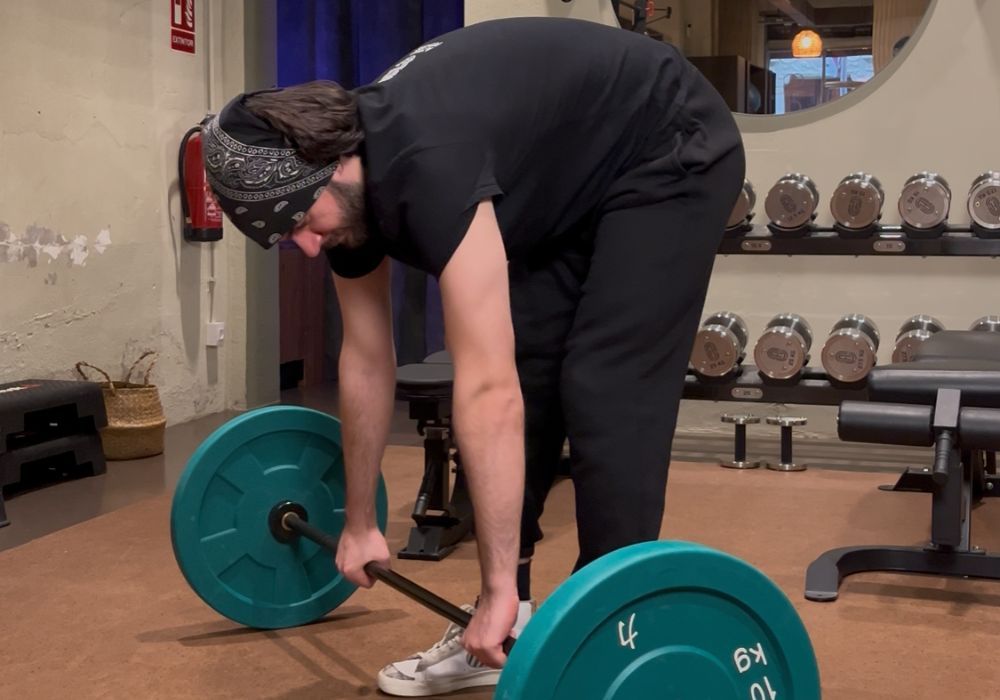
A rounded back places excessive strain on the spine and prevents your core from properly bracing. If your shoulders aren’t positioned above your hips with an open chest, chances are you’re rounding your back.
Fix it:
Lower your hips slightly by hinging back further and bending your knees enough to elevate your chest. This will help you maintain a straight, neutral spine throughout the lift.
2. Overextending the hips at the top
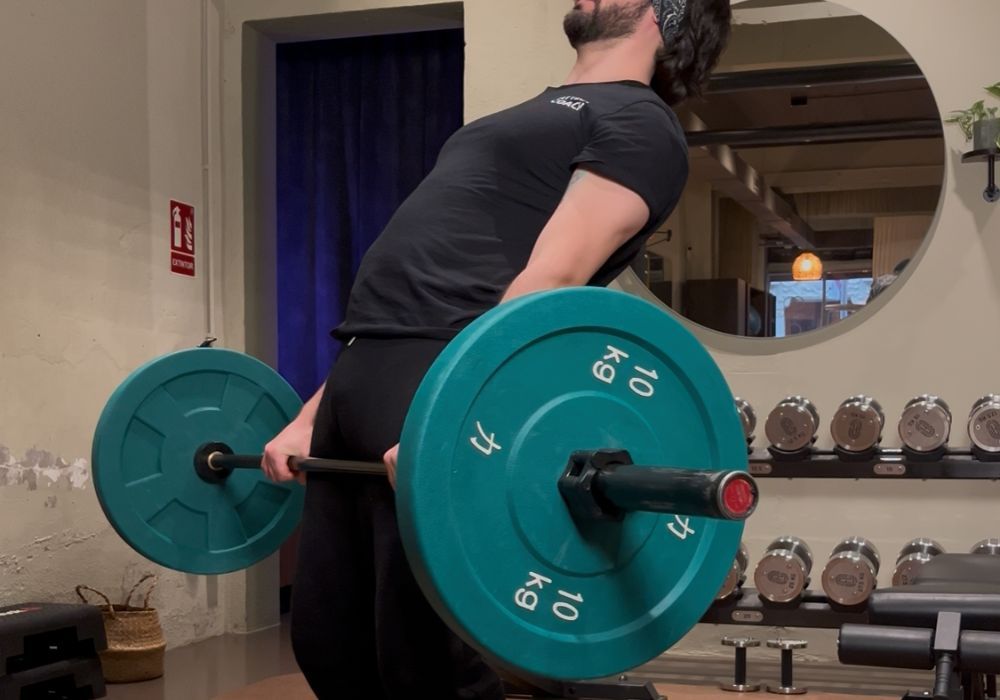
Many lifters exaggerate the lockout by thrusting their hips too far forward. But overextending won’t engage your glutes more—it simply forces your lower back into an unnatural position under heavy load.
Fix it:
Stop at a strong, neutral standing position. Squeeze your glutes at the top, but don’t push past alignment.
3. Bending the Knees Too Much
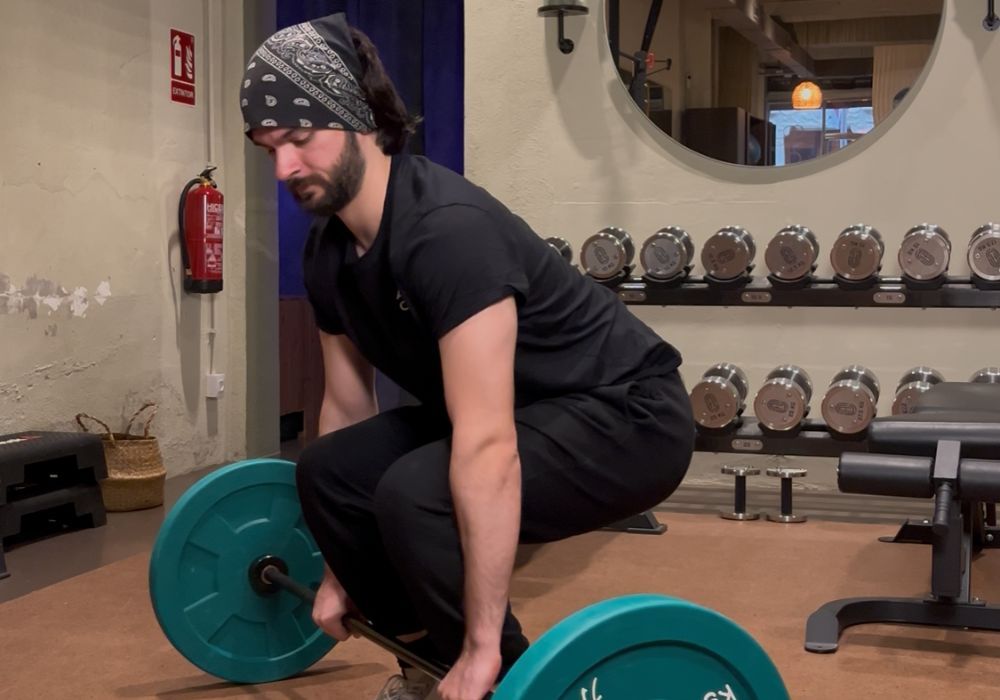
If your knees are overly bent at the setup, you may limit the stretch in your hamstrings, reducing their ability to generate power.
Fix it:
Hinge back as far as your hamstrings allow, then bend your knees just enough to maintain tension. Before lifting, check that your hamstrings feel engaged—this ensures you're driving the movement from your posterior chain, not your lower back.
4. Holding the Bar Off-Center
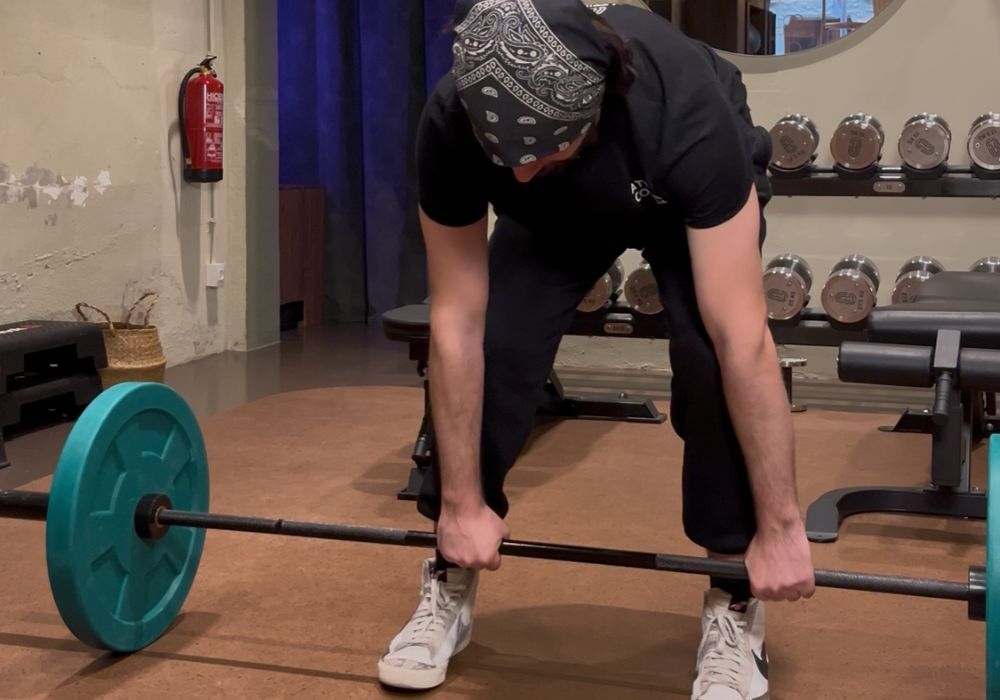
It sounds simple, but an uneven grip can throw off your entire lift. Without a mirror, it’s hard to tell if your hands are centered.
Fix it:
Use the markings on the barbell (like those on ATTIKA’s bars) to line up your grip evenly.
5. Anterior Pelvic Tilt
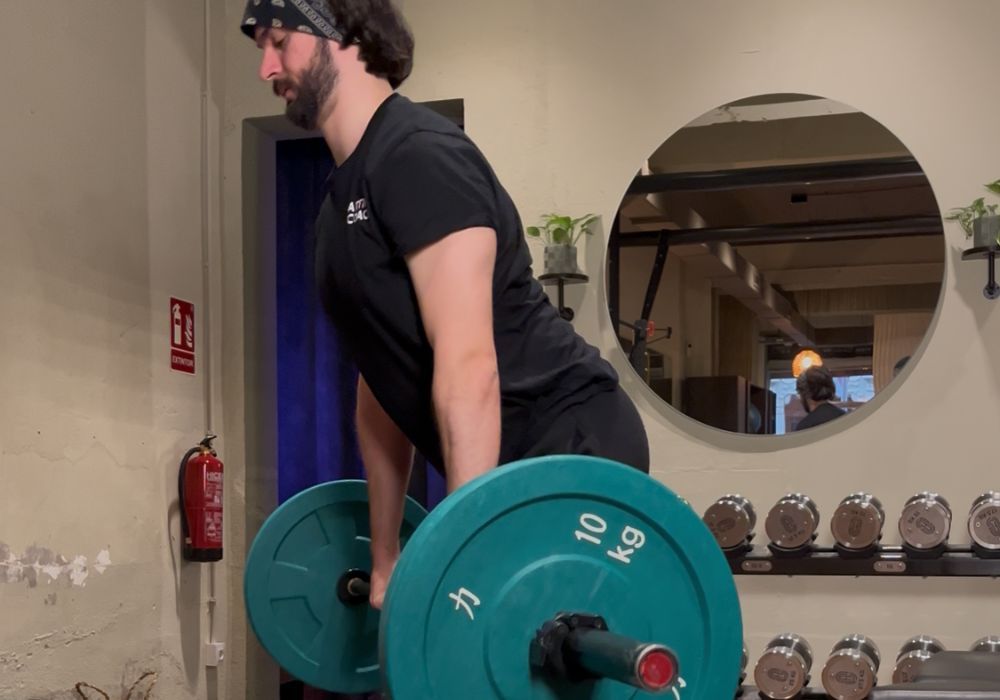
Sometimes, in an effort to push the hips back, lifters end up lifting the pelvis too, causing a "tailbone to the sky" position. This eliminates core activation and shifts strain to the lower back.
Fix it:
Tuck your tailbone slightly and engage your core as if you were "zipping up" your lower abs. A good cue: As your hips move back, let your shoulders come forward slightly—this keeps your core engaged and prevents your back from overextending.
Get your form checked!
These five common mistakes are easy to fix once you’re aware of them. Often, you don’t realize you're doing something wrong until someone points it out. That’s where ATTIKA Coaches come in—check your form, learn the method, and lock in proper technique for life.
Here at ATTIKA, we love a good deadlift. It’s a full-body compound movement that demands strength, mobility, and focus—while working your lats, core, hamstrings, glutes, and more. Mastering the deadlift builds overall strength and resilience, making it an essential skill in your training arsenal.
At first, deadlifts can feel overwhelming, with multiple cues to remember. But once the movement pattern clicks, it sticks for life.
Because deadlifts involve a hip hinge, improper technique can put unnecessary stress on your lower back. That’s why we’ve compiled a list of the most common mistakes we see—and how to correct them—so you can lift safely and efficiently.
1. Rounding the Back

A rounded back places excessive strain on the spine and prevents your core from properly bracing. If your shoulders aren’t positioned above your hips with an open chest, chances are you’re rounding your back.
Fix it:
Lower your hips slightly by hinging back further and bending your knees enough to elevate your chest. This will help you maintain a straight, neutral spine throughout the lift.
2. Overextending the hips at the top

Many lifters exaggerate the lockout by thrusting their hips too far forward. But overextending won’t engage your glutes more—it simply forces your lower back into an unnatural position under heavy load.
Fix it:
Stop at a strong, neutral standing position. Squeeze your glutes at the top, but don’t push past alignment.
3. Bending the Knees Too Much

If your knees are overly bent at the setup, you may limit the stretch in your hamstrings, reducing their ability to generate power.
Fix it:
Hinge back as far as your hamstrings allow, then bend your knees just enough to maintain tension. Before lifting, check that your hamstrings feel engaged—this ensures you're driving the movement from your posterior chain, not your lower back.
4. Holding the Bar Off-Center

It sounds simple, but an uneven grip can throw off your entire lift. Without a mirror, it’s hard to tell if your hands are centered.
Fix it:
Use the markings on the barbell (like those on ATTIKA’s bars) to line up your grip evenly.
5. Anterior Pelvic Tilt

Sometimes, in an effort to push the hips back, lifters end up lifting the pelvis too, causing a "tailbone to the sky" position. This eliminates core activation and shifts strain to the lower back.
Fix it:
Tuck your tailbone slightly and engage your core as if you were "zipping up" your lower abs. A good cue: As your hips move back, let your shoulders come forward slightly—this keeps your core engaged and prevents your back from overextending.
Get your form checked!
These five common mistakes are easy to fix once you’re aware of them. Often, you don’t realize you're doing something wrong until someone points it out. That’s where ATTIKA Coaches come in—check your form, learn the method, and lock in proper technique for life.
